Today is World Rafting Day and as we pride ourselves on producing products that are able to go to the ends of the world and back, we thought we’d put a short blog post together to introduce you to Whitewater rafting as well as what equipment you’ll need if you’re interested on embarking on a Whitewater rafting Adventure!
What is whitewater and what is whitewater rafting?
First, let’s begin with a few short definitions. Whitewater is the water that forms when turbulence in a river or other body of water results in air being trapped within the water, forming unstable froths, which makes the water appear white. Thus, as you might imagine, whitewater rafting is a recreational outdoor activity that involves the use of an inflatable raft, where a team of rafters navigates a bumpy, turbulent, rough body of water or river.
What equipment is needed for whitewater rafting?
Whitewater rafting as already stated requires the use of an inflatable raft and ores; however, let’s dig down a bit deeper.
Whitewater raft
The most common and obvious piece of equipment you’ll need to go whitewater rafting is the raft. There are various types of rafts, which we can breakdown for you briefly.
Oar rafts
Oar rafts are great for going down river with a guide, as they are meant for one person to be in charge of navigating the ship, while others sitting in the raft are largely just along for the ride. They are very large, stable and made of metal.
Paddle rafts
Paddle rafts, as opposed to oar rafts, are for teams of rafters. They are typically smaller than oar rafts, but they seat up to 6-8 people, around twice as many as the oar raft.
Oar assisted paddle rafts
The oar assisted paddle raft is a bit of a hybrid raft between the aforementioned oar and paddle rafts. It allows the rafters to get that rafting experience, while still giving the majority of the control to the one guide sat at the back of the raft.
Cataraft
A cataraft is meant for solo riders to head down a water rapid on their own. Typically, these rafts measure between 4 and 5 metres in length and boast a lot of room for carrying gear and other equipment.
Oars and Paddles
Oars and paddles vary in length, thickness, shape, weight and balance point. The difference between oars and paddles is that oars are generally attached to the raft, while paddles are detached. Having said that, they are both generally used for water propulsion, navigating, and steering.
Life jackets and life vests
Personal flotation devices or PFDs are a must when it comes to whitewater rafting. Given that whitewater rafting implies that the waters are rough, being thrown from the raft is not totally unfathomable. Thus, you’ll be wanting to have one of these on when or if that happens. They are crucial when in the water to keep your head above the surface in the event that you are thrown or have fallen into the water.
Rafting Helmet
Make sure to protect that dome! If it hasn’t been clear up to this point, whitewater rafting can be quite rough. Whether its oars and paddles flying around or the potential for falling out the boat, hitting your head is a real possibility, thus making sure to use proper headgear is a must.
Raft repair kit
Accidents happen to the raft along the trip and a kit to repair a ripped raft is something you’ll want to have along with you on the trip, especially with those pesky rocks hidden beneath the whitewater as you head down the rapid.
First aid supplies
Again, we should reiterate that whitewater rafting isn’t necessarily for the faint of heart. It’s possible that injuries may occur. And given the limited availability of emergency services along the way, a first aid kit may be necessary.
Sun protection
Whether it’s a hat or sunscreen lotion, you’ll be wanting to bring this along as well. If you’re rafting high up in the mountains, as is common with this type of activity, being at higher altitudes means you’re closer to the sun and thus more vulnerable to the sun’s harmful UV rays. Make sure to pack some of this along with you.
Protective cases
While most of the above items listed are larger items, smaller personal items, listed above such as the repair kit, first aid supplies, and sun protection may need protection from the elements. Additionally, keys, wallets and other personal items will also need protection. For that, Peli produces a wide range of protective cases that are IP67 watertight, airtight and dustproof, which is perfect to protect your personal items as you raft down the whitewater rapids.
Should you be interested in learning more about what Peli has to offer in terms of protective cases, click on the button!





.png)

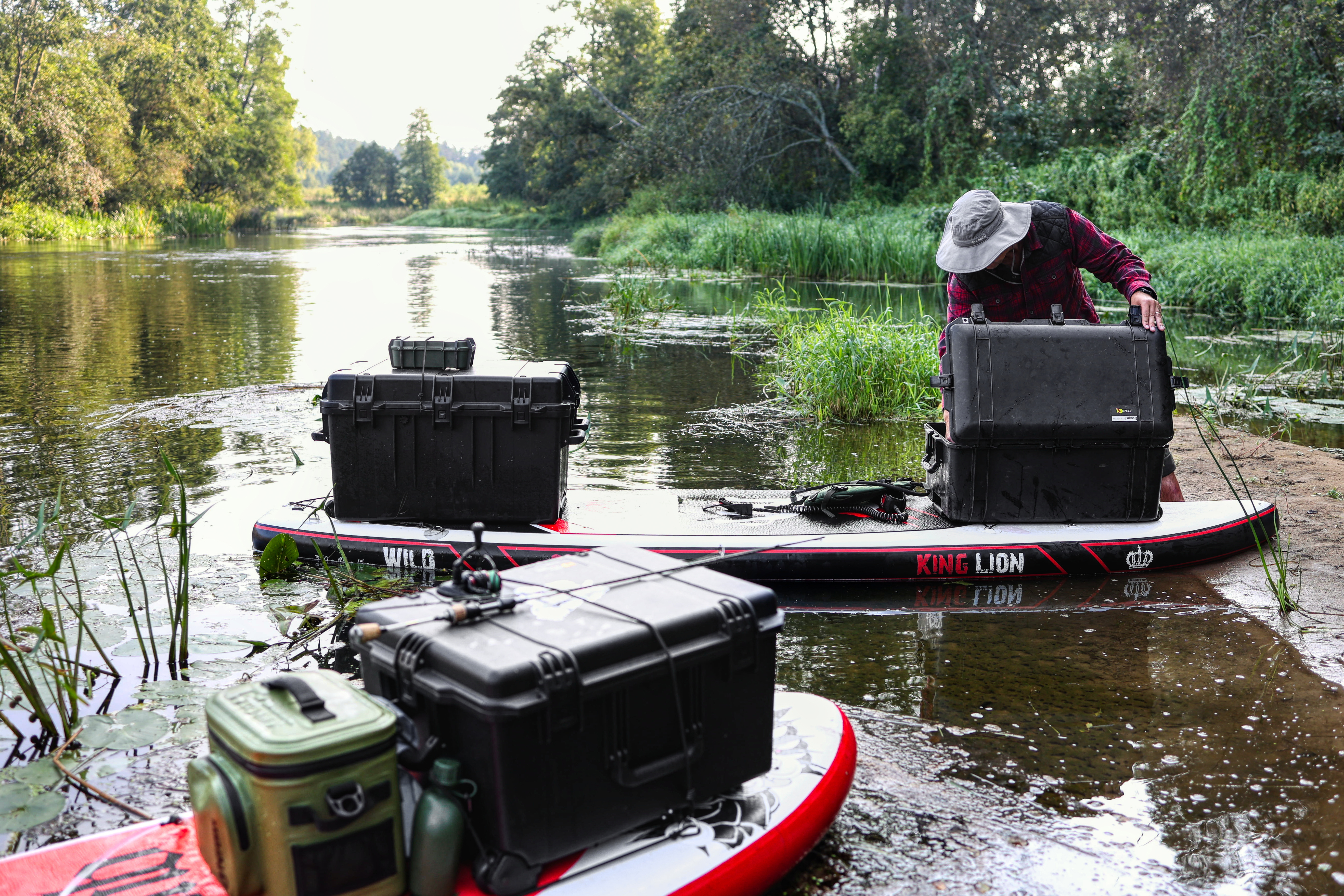
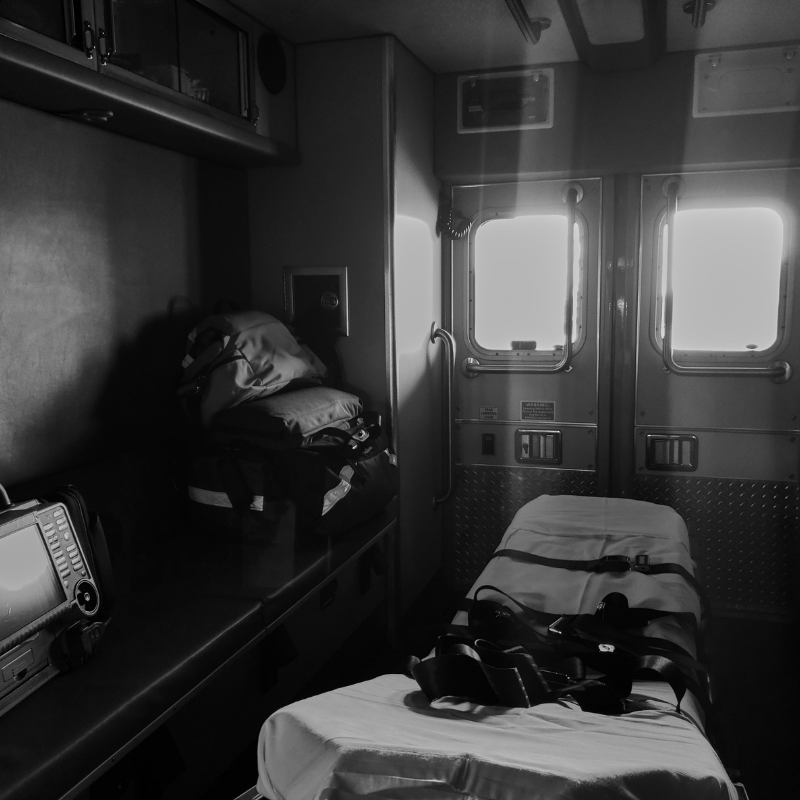
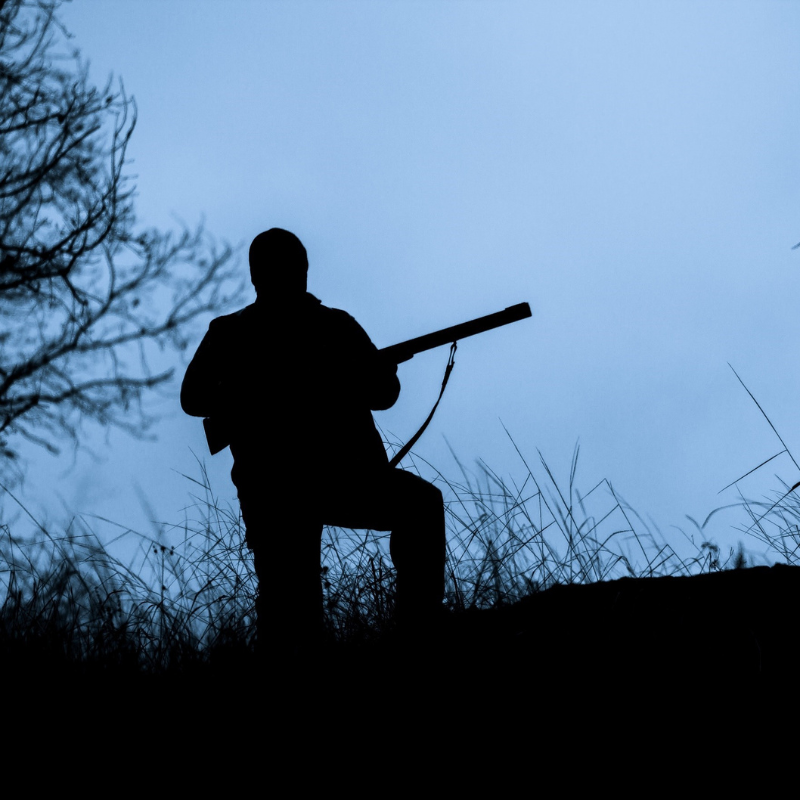

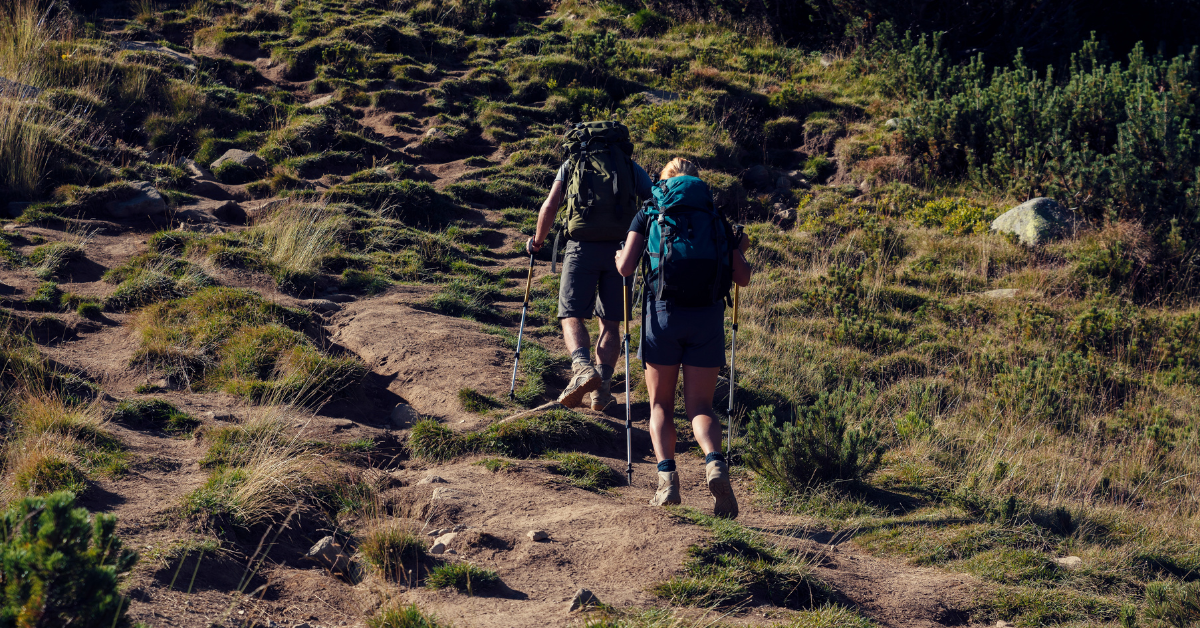
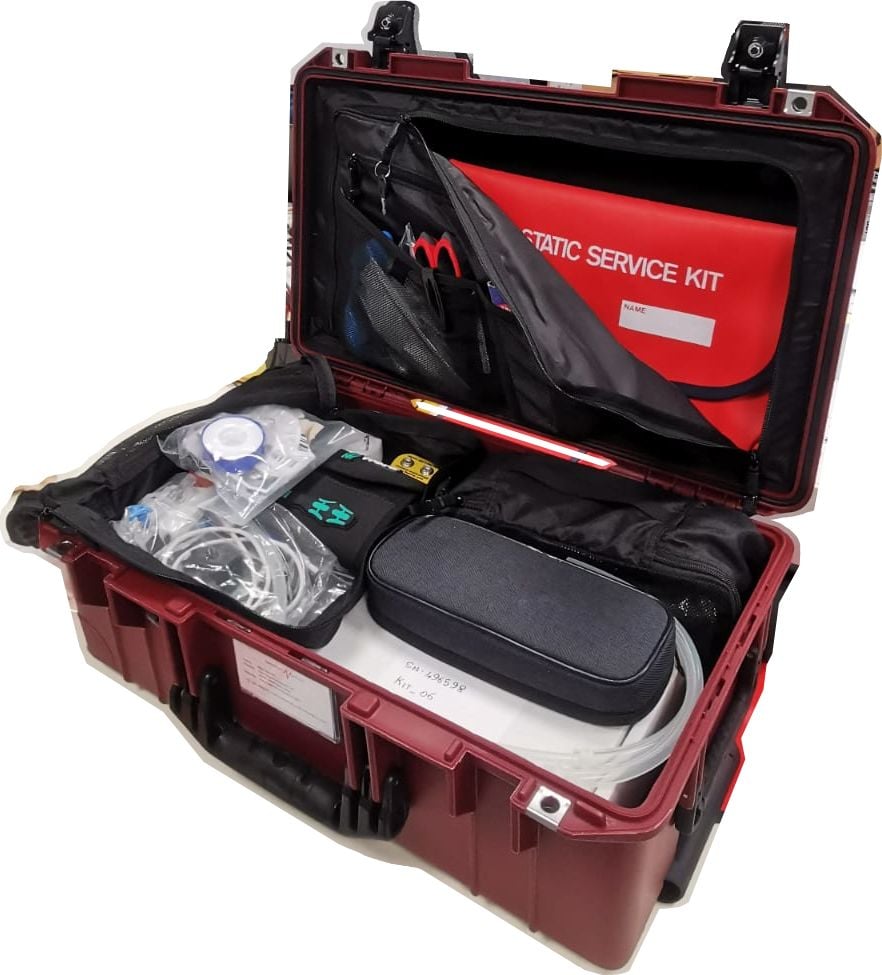
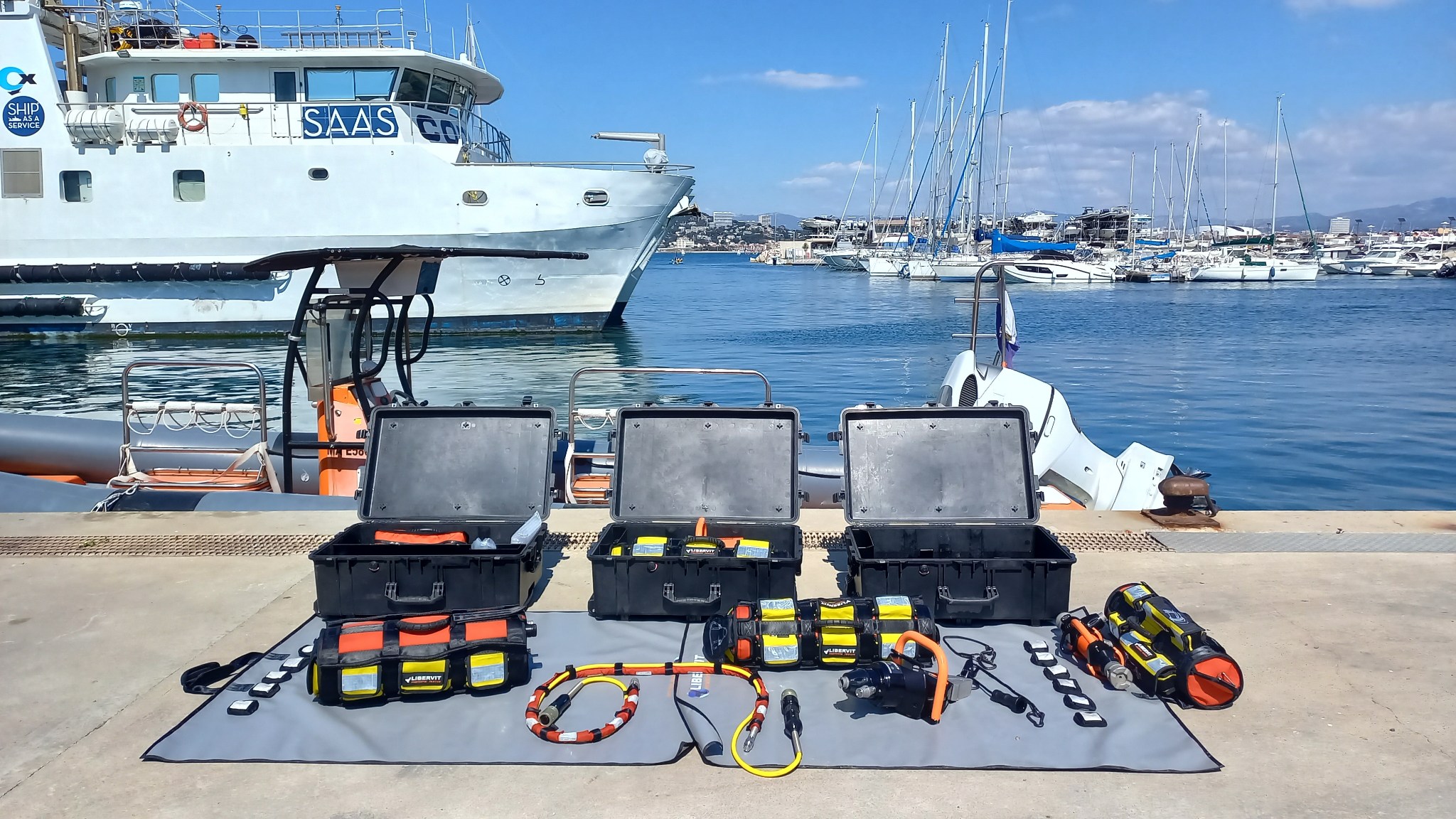
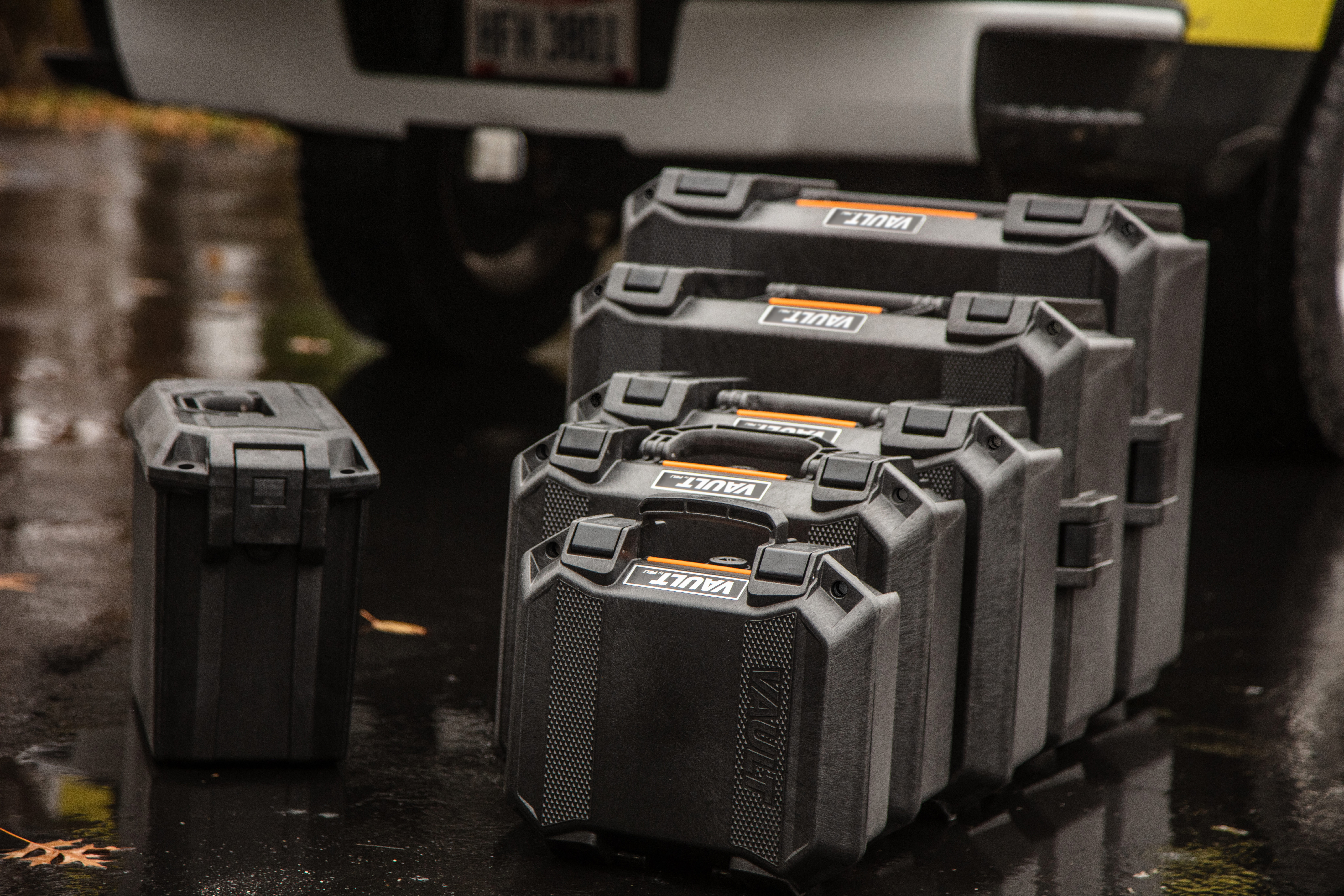
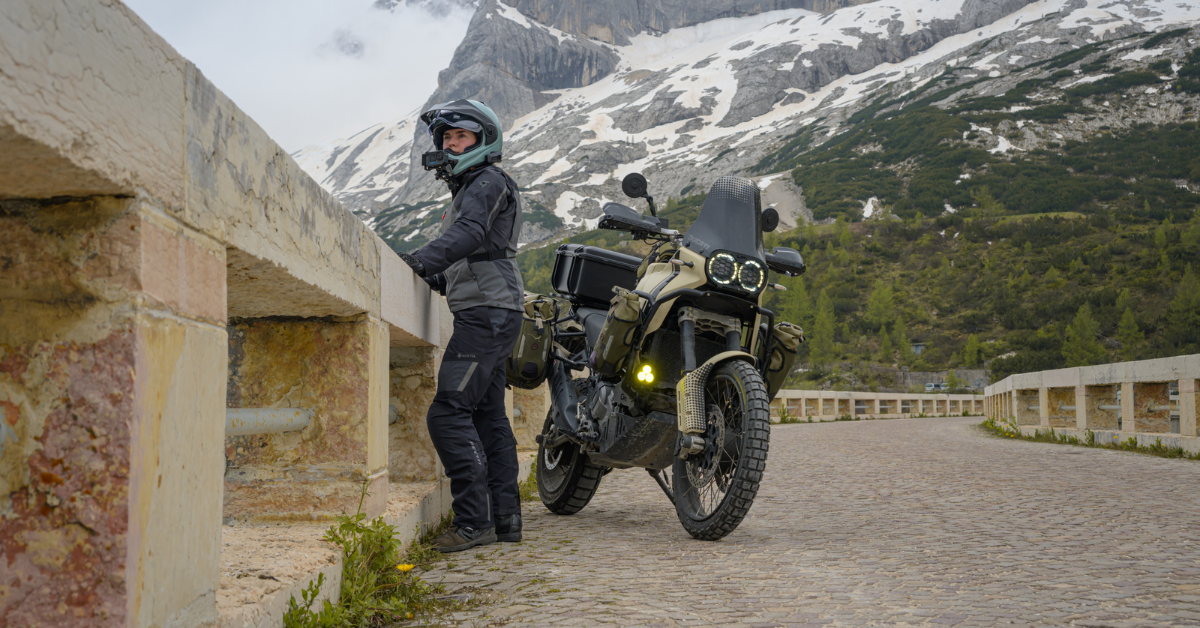
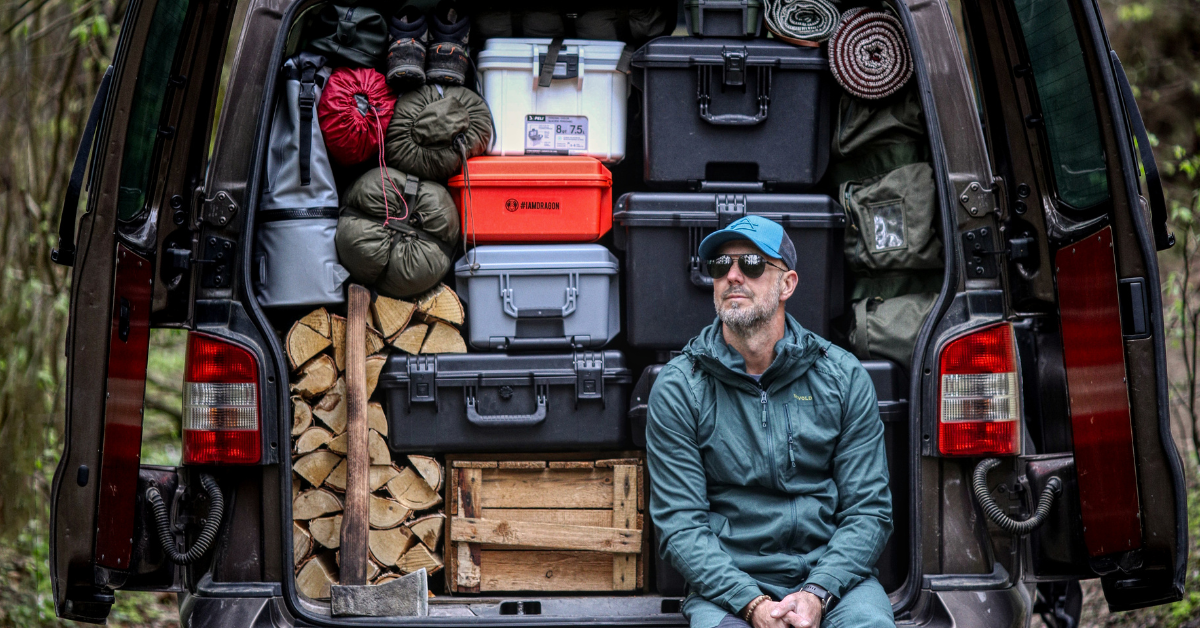
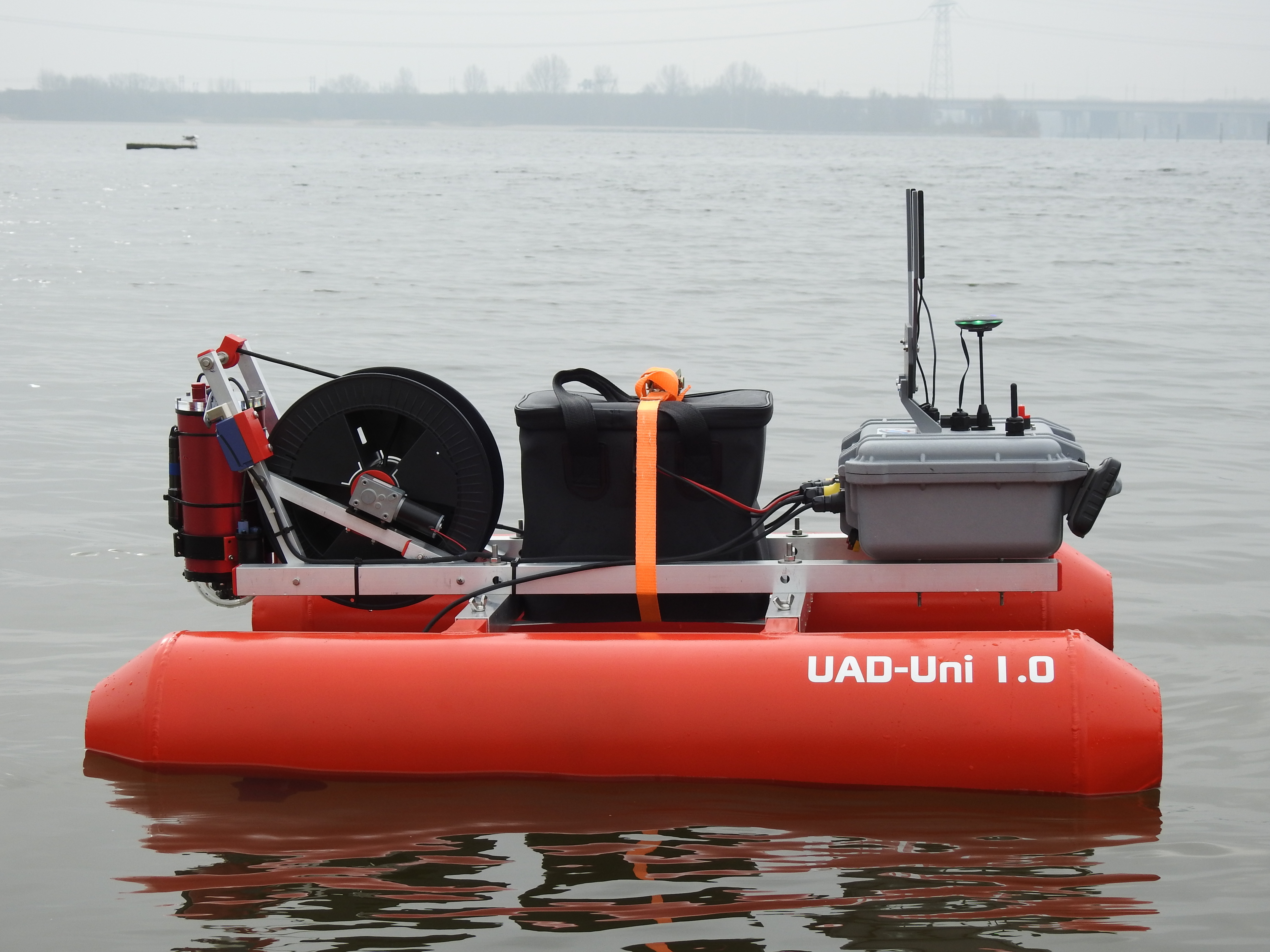
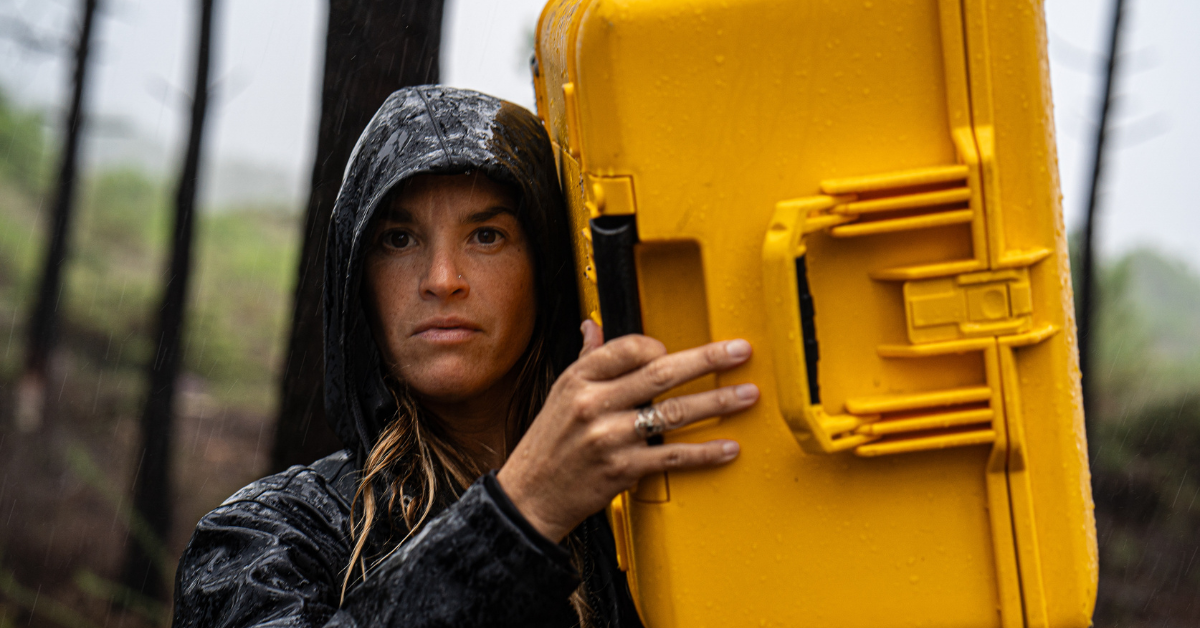
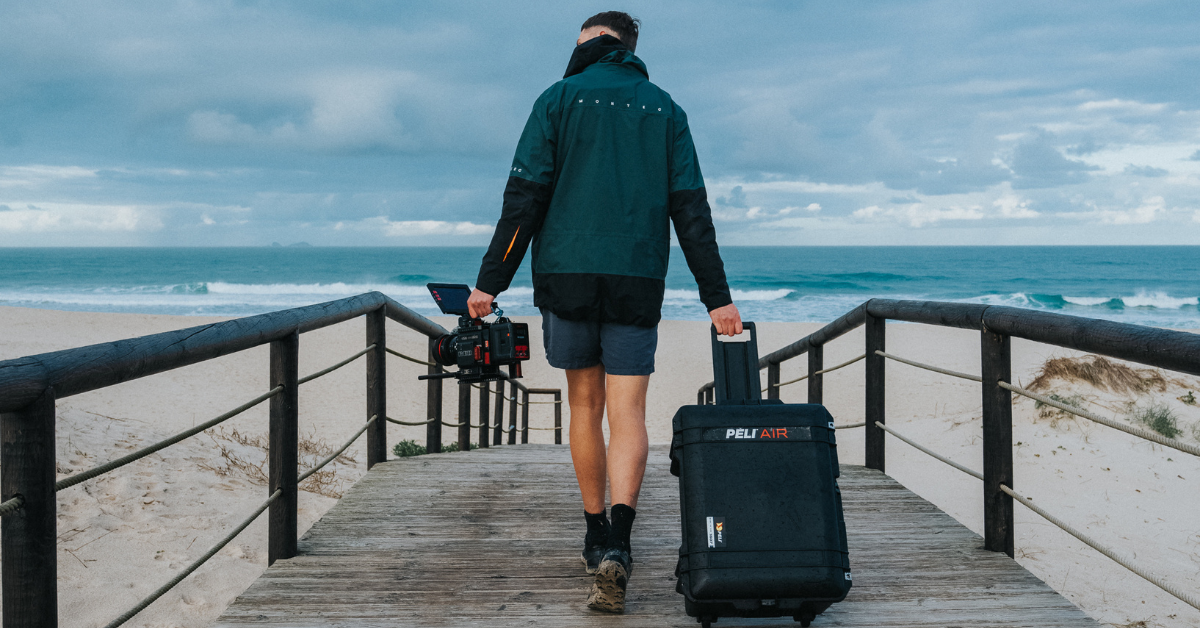

Post a comment